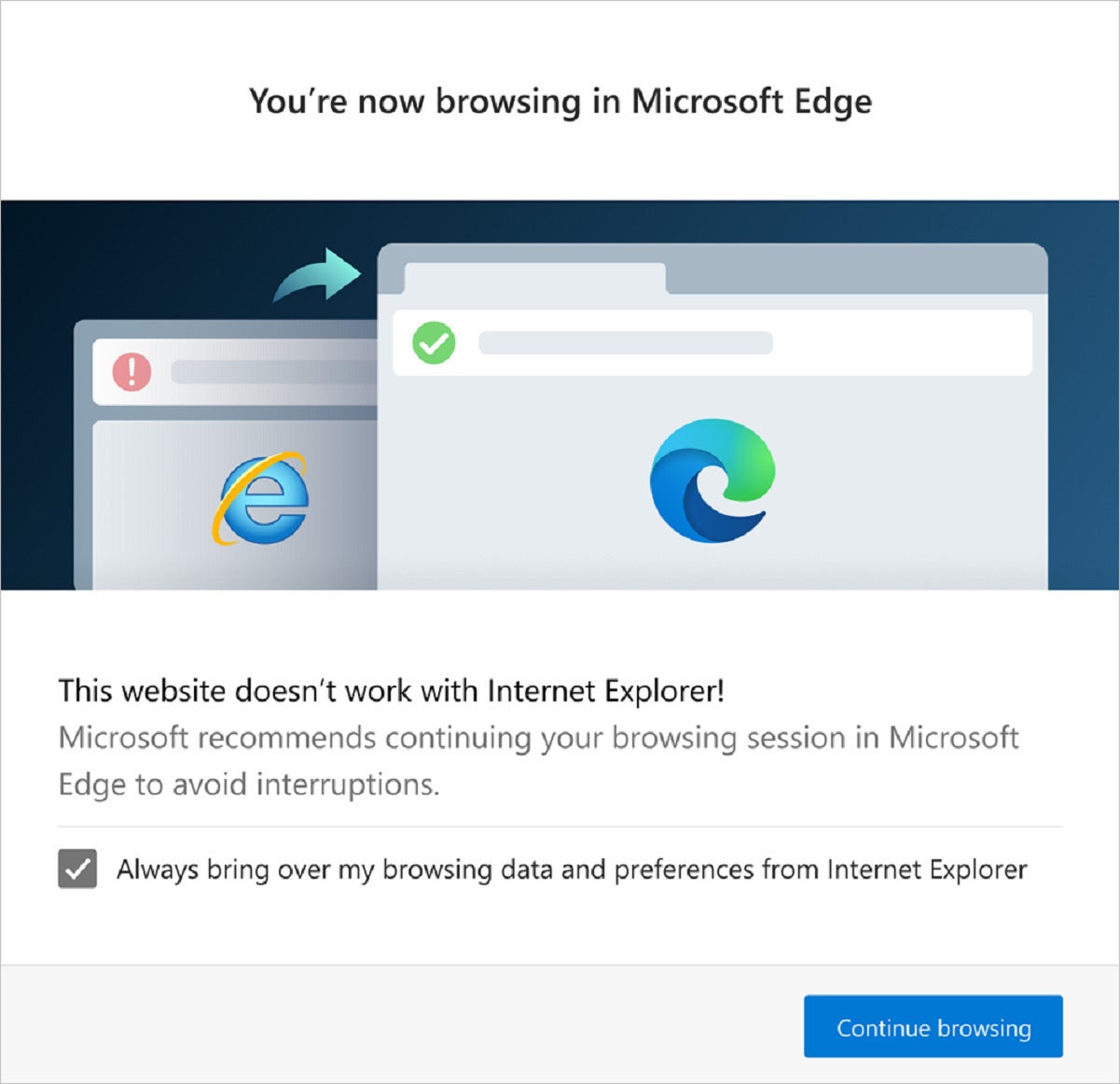
 Ideally, the user’s settings (such as websites visited, bookmarks, cookies, etc.) should be purged at the end of the browsing sessionĭoesn’t sound too bad, no? Especially as though I’d done this with Internet Explorer on Windows 7 many times. There should be no way for the user to activate other applications, browse the filesystem, or otherwise delve into or use other parts of the operating system. The user should be presented with nothing more than a full-screen browsing session upon logon, branded as necessary. The user should not have to remember or be given a password – logon should be automatic. It must run Microsoft Edge, not Internet Explorer. Hindsight is a beautiful thing, let me assure you.īut anyway – let’s start with a list of the requirements we had for our new shiny Windows 10 internet kiosk. After all, in the immortal words of Andy Wood and Jim Moyle “how hard can it be?” So I wasn’t particularly bothered when I came across the (first) instance I’d seen of someone wanting this on Windows 10 running Microsoft’s new browser, Edge, rather than the old warhorse Internet Explorer.
Ideally, the user’s settings (such as websites visited, bookmarks, cookies, etc.) should be purged at the end of the browsing sessionĭoesn’t sound too bad, no? Especially as though I’d done this with Internet Explorer on Windows 7 many times. There should be no way for the user to activate other applications, browse the filesystem, or otherwise delve into or use other parts of the operating system. The user should be presented with nothing more than a full-screen browsing session upon logon, branded as necessary. The user should not have to remember or be given a password – logon should be automatic. It must run Microsoft Edge, not Internet Explorer. Hindsight is a beautiful thing, let me assure you.īut anyway – let’s start with a list of the requirements we had for our new shiny Windows 10 internet kiosk. After all, in the immortal words of Andy Wood and Jim Moyle “how hard can it be?” So I wasn’t particularly bothered when I came across the (first) instance I’d seen of someone wanting this on Windows 10 running Microsoft’s new browser, Edge, rather than the old warhorse Internet Explorer. 
The idea is that users are given a throwaway, cut-down machine that provides nothing but basic access to a browser for idly leafing through the goodness of the modern web. There are a raft of third-party tools that were used to enable this functionality for those of who couldn’t be bothered to spend the time to lock them down. I can recall building many a kiosk on Windows 7 using the imaginatively-titled Internet Explorer “kiosk mode”. We’re all familiar with the use of Windows PCs as internet browsing kiosks.






 0 kommentar(er)
0 kommentar(er)
